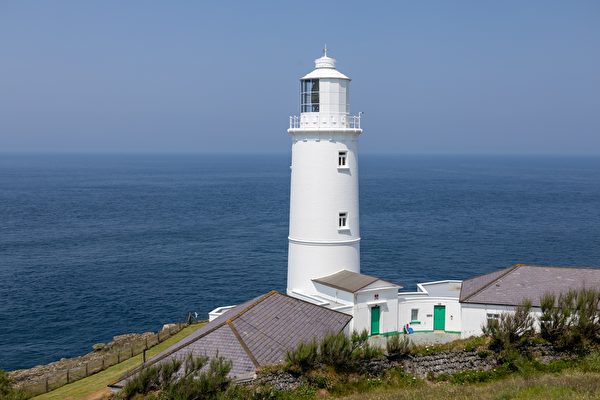Sir Peter Scott’s former lighthouse has been transformed into a luxurious holiday home, allowing visitors to stay in one of the most important buildings in global conservation history.
Located in Sutton Bridge, Lincolnshire, England, this historic Grade II listed building was renovated by the son of the famous Antarctic explorer Robert Falcon Scott in the 1930s.
The lighthouse features unique circular rooms, sloping walls, a private wildlife conservation pond, and a light that still guides ships on the River Nene.
Sir Peter Scott, considered one of the greatest naturalists of the 20th century, lived here from 1933 to 1939.
In the 1930s, the lighthouse was surrounded by tidal flats, making it an ideal location for studying wild birds.
It was this wilderness that drew Sir Peter Scott to the marshes for painting and studying the natural world.
He leased the building from the British royal family for £5 a year and renovated it, adding modern amenities like a studio or reception room.
Sir Peter Scott realized the need for a global bird conservation organization as he began collecting wildfowl. In 1946, he established the Wildlife and Wetlands Trust and became a founding member of the World Wildlife Fund in 1961.
The Sir Peter Scott Lighthouse also served as inspiration for the lighthouse described in the renowned wartime children’s book author Paul Gallico’s work “The Snow Goose.”
During World War II in 1940, the lighthouse was requisitioned by the military and after the war was leased to the Fenland Wildfowlers.
The lighthouse remained vacant and in disrepair for about 10 years until it was first sold in 1985 to Commander David Joel, who extensively renovated it, replacing the roof and 36 windows.
In 2010, the 60-foot landmark was purchased by Doug and Sue Hilton, who named it one of the most important buildings in global conservation history.
Mr. Hilton believes it is the most significant lighthouse in the world, describing it as incredibly comfortable and cozy, a place worthy of admiration.
The couple initially planned to convert the lighthouse into a museum and visitor center but faced setbacks, leading them to decide to rent it out for holidays, retreats, and art courses.
As early as 2018, this property within the Wash National Nature Reserve was offered for sale at £600,000.
One of a pair of buildings at the river mouth commissioned by John Rennie in 1830 to celebrate the final stages of marsh drainage and mark the inlet, Mr. Hilton finds this land particularly special.
He explains, “Due to issues like seepage and erosion, it’s very unusual to actually live in a lighthouse where in rented housing, people would usually end up in a nearby cottage or building, whereas guests can actually live and sleep in the main tower.”
Vacationers can follow in Scott’s footsteps, enjoying the wilderness of England’s largest protected area for around £290 per night.
The lighthouse spans three levels, featuring four bedrooms accommodating up to eight people. A Narnia-style door from a first-floor bedroom leads to a games room or studio, with steep stairs leading upstairs.
The lantern is located in a gallery at the top of the lighthouse, equipped with a timer to guide ships navigating the river at night.
Outside, the lighthouse boasts a enclosed garden, courtyard, and two private wildlife conservation ponds, housing rare birds such as Hawaiian geese that Sir Peter Scott helped save from extinction.
Other amenities include Wi-Fi, an electric vehicle charging point, and a dishwasher.
The renovation took about three years, including converting the basement into a bedroom and reinstalling window sills where Sir Peter Scott used to sketch wildlife.
However, Mr. Hilton states they opted to preserve the original structure and ambiance without making drastic alterations.

